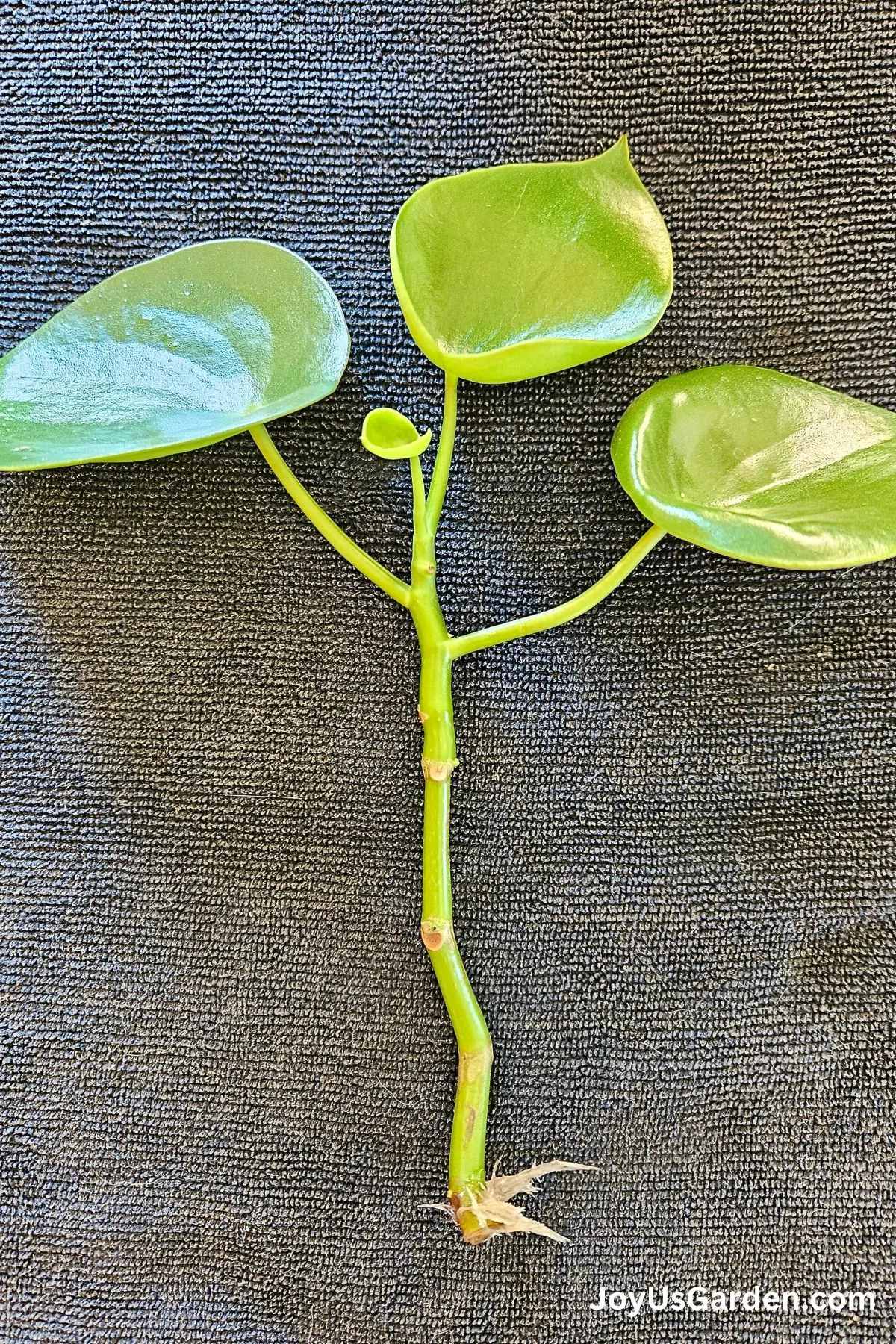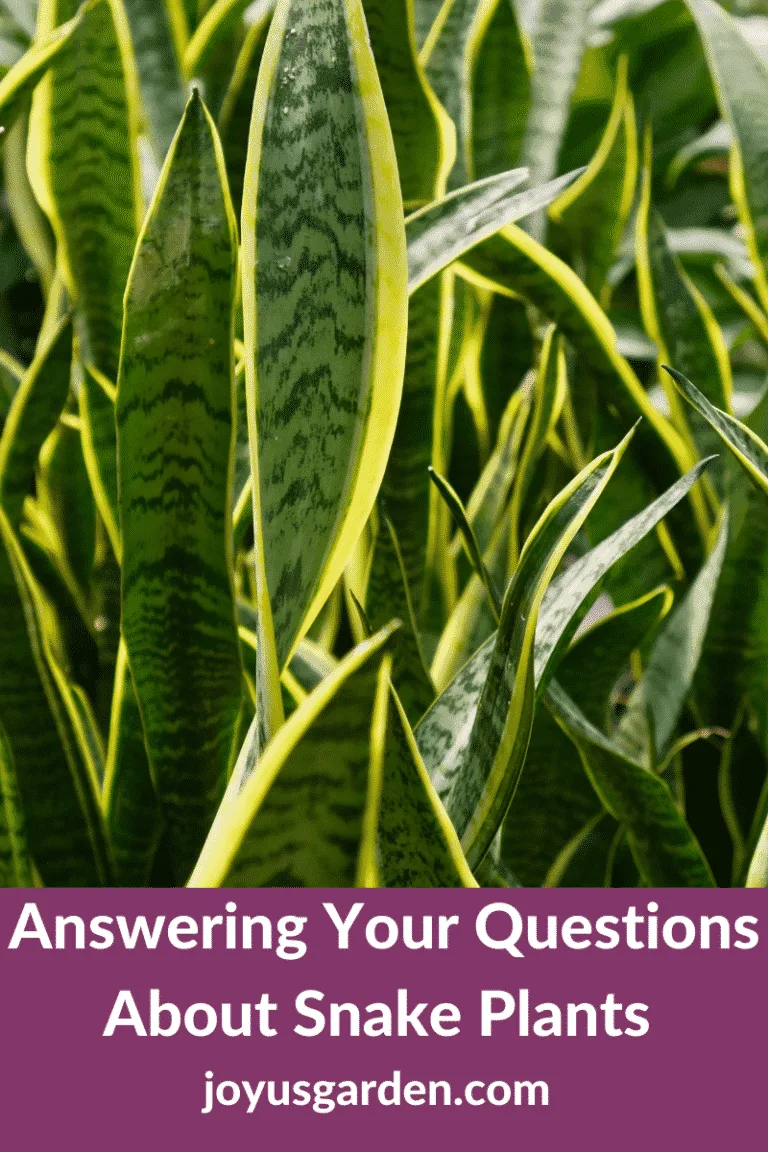Raindrop Peperomia Care: Peperomia Polybotrya Growing Guide
If you’re after a gorgeous houseplant with eye-catching, glossy leaves and minimal care requirements that’s not too big or too small, you’ve found it. This post focuses on Raindrop Peperomia care and how to help this stunning plant thrive in your home.
Despite being tropical plants, peperomias are easy to care for. I have seven different species/varieties, and all handle the dry desert air (I live in Tucson, AZ) like champs!
Botanical Name: Peperomia polybratrya Common Name: Raindrop Peperomia, Raindrop Plant, Coin Leaf Peperomia
Raindrop Peperomia Traits

Size
Raindrop Plants stay small but not compact. They’re commonly sold in 4″ and 6″ grow pots. Mine is 2′ x 2′, although their size is generally listed as 1′ x 1′.
As they grow, some of the outer stems start to trail and bend.
Growth Rate
Many of my indoor plants grow fast here in sunny, warm Tucson. This one is a moderate grower for me.
Uses
This is a tabletop plant. It’s not as small as other peperomias, and mine has grown into an interesting form! You can see it in the photo right below.
Why is this plant popular?
The large, shiny leaves are the main attraction! The tear-droped leaves remind many of the Chinese Money Plant (Pilea peperomioides), which was the plant of the year in 2020.

Raindrop Peperomia Care Guide
Light/Exposure
Mine grows next to a north-facing picture window, with five south-facing windows across the room. It gets plenty of bright light, but no direct sun hits it.
If the light levels are too low, there will be little or no growth and no flowers. If in a hot, sunny window, it’ll burn.
You may have to move yours to a brighter spot in the darker winter months so it gets the optimal light it needs. Here’s a guide outlining tips on Winter Houseplant Care.
Watering
I can’t say exactly how often you should water your Raindrop Peperomia since it depends on several factors, such as the pot size, composition of the soil, where the plant is growing, the time of year, and your home’s environment.
Generally, water it when the soil is about 3/4 dry. You’ll likely water more often in summer and in winter, less.
It’s hot, sunny, and dry where I live, so I water mine every 7 days during warmer months and every 10 -14 days in winter. Depending on your climate, you might not need to water as frequently.
Since this plant stores water in its thick leaves and stems, be careful not to overwater—it will cause root rot. Make sure there’s at least one drainage hole on the bottom of the pot so any excess water can escape. Too much water or too little can both cause drooping leaves!
Temperature
If your home feels comfortable to you, it’ll feel the same for your indoor plants, too. Just keep your Raindrop Peperomia away from chilly drafts or blasts of air from AC or heating vents.
Humidity
Peperomias come from subtropical and tropical regions, so they love high humidity. That said, most of the ones you find as houseplants are pretty adaptable regarding humidity levels.
Because I live in the desert, the humidity is low most of the year. But my Raindrop Peperomia is doing just fine. I use a simple, inexpensive humidity reader to track the humidity level, and I run tabletop humidifiers when the humidity drops below 25%, which is a common occurrence!
Every month, I shower my peperomia in the kitchen sink and let it enjoy some time outside when summer rains roll in. If you feel your plant needs more humidity, try placing it on a saucer filled with small rocks and water—just make sure the drain holes aren’t sitting in the water.
You can also mist it a few times a week. Find more info on plants and humidity.

Fertilizer
The best time to fertilize your plants is during spring and summer, extending into mid-fall if you live in a temperate climate like I do.
Here in Tucson, our growing season runs from mid-February through mid-November. Currently, I fertilize my tropical plants using Maxsea, Grow Big, or Neptune’s Harvest. I switch between them each month. Depending on your climate and growing zone, fertilizing two or three times a year might be enough for your peperomia.
This plant will love the added nutrients, but be careful not to over-fertilize! Too much, too often, can do more harm than good. Don’t overfertilize (use a ratio that is too high or do it too often) because many fertilizers are high in salts, which can lead to root burn.
Soil/Repotting
Like feeding, the best time to repot is in spring, summer, or early fall.
Watermelon Peperomias don’t need repotting very often—every 5 years is usually fine unless the plant gets stressed from being rootbound. When you do repot, only go up one pot size (like moving from a 4″ pot to a 6″).
These plants love well-drained soil. I use a 1:1 mix of potting soil and my DIY succulent and cactus mix. It’s packed with coco chips and coco coir, a more sustainable alternative to peat moss, which peperomias enjoy. I also mix in a few handfuls of compost and top it off with some worm compost for an extra boost.
Pruning
This plant doesn’t need much pruning unless you want to shape it or propagate it.
Last year, mine took a tumble off the kitchen counter, and ever since, it’s grown into a unique shape. For the stems that started trailing down, I recently gave them a tip prune to keep them from getting too leggy. It’s an easy way to encourage fuller growth and maintain a neater look.
Propagation
Propagating this plant is simple. The easiest method is through stem or leaf cuttings. Snip a healthy stem with a few leaves or take a single leaf with its petiole (the small stem connecting the leaf to the main plant). Let the ends dry for an hour or two, and then place in water or directly into moist, light soil.
I propagate mine using the stem cuttings in filtered water method. I keep the bottom node or two submerged and change out the water every 7 to 10 days to keep it fresh. I saw the first roots forming after ten days. Once the roots are about 2 inches long, you can transfer the cuttings to a suitable potting mix.
Division is another propagation method, but it can be a bit tricky since you might lose some stems in the process.

Pests
My peperomias have never gotten any pests. I imagine they could be prone to mealybugs because of their fleshy leaves and stems. Also, keep your eyes out for spider mites and scale. If your plant isn’t healthy and strong, it’ll be more susceptible to pests.
Pests can spread quickly from plant to plant and multiply overnight, so tackling them as soon as you spot any is important. I like to use insecticidal soap for effective control, while many people prefer neem oil. Staying proactive will help keep your Raindrop Peperomia and other plants healthy and thriving.
Pet Safety
Ring the chimes! Peperomias are listed as non-toxic to cats and dogs on the ASPCA website.
Flowers
Yes, they do. The greenish-white flowers appear in clusters on the ends of long stems. It should flower if your Raindrop Peperomia is healthy, happy, and getting sufficient light in a bright spot. Mine flowers in summer into fall every year.
As for the flowers, once they’re spent, they come off easily. Or, if left on, they’ll fall off.
If you have questions on growing Peperomias, we have answers! Be sure to check out these Peperomia FAQs.
Raindrop Peperomia Care Video Guide
Raindrop Peperomia Care FAQS
I can’t give you a watering schedule because there are so many variables involved. In general, water yours when it’s 3/4 of the way dry. It’ll tell you if it’s unhappy! Make sure it’s planted in a fast-draining soil mixture and that the pot has drainage holes.
The main causes are watering issues and lack of light. The leaves of a Raindrop Plant should feel smooth and slightly fleshy. If the leaves are soft, your plant could be too dry. To make things confusing, soft leaves could indicate too much water.
Mine grows in bright, indirect sunlight. They can tolerate lower light conditions, but you’ll see little growth, leggy growth, and an overall less robust plant.
One way is by pruning. How much you prune depends on how the plant is doing and how you want it to grow. Make sure yours is growing in bright, indirect light. Plants in lower light conditions get leggy.
If you have one peperomia, then you’ll want more. Please check out our other posts on Peperomia plants.
Conclusion: The striking foliage of the Raindrop Peperomia and its ease of maintenance make it a great addition to any houseplant collection. I keep mine happy by providing it with lots of natural light, watering when needed, occasional showering, and feeding during the growing season—and that’s all it takes.
Happy gardening,






